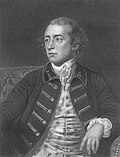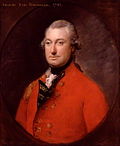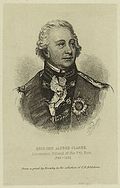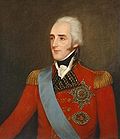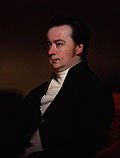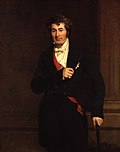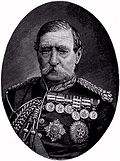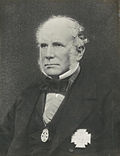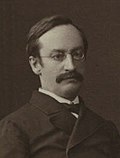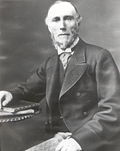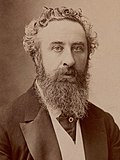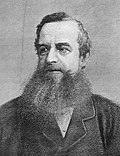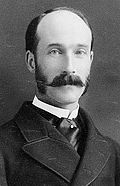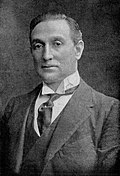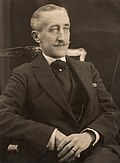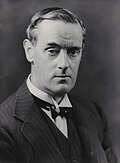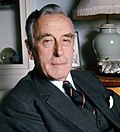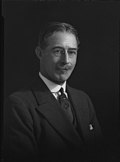In 1644, Gabriel Boughton procured privileges for the East India Company which permitted them to build a factory at Hughli, without fortifications. Various chief agents, Governors and presidents were appointed to look after company affairs in the Bengal region. In 1765, the Treaty of Allahabad granted the diwani of Bengal subah to the EIC. In 1772, Warren Hastings was appointed as the Governor-General of Fort William in Bengal which ended the title of Governor of Bengal. [1]
Contents
- Precursors (1650–1758)
- Agents, chiefs and governors (1650-1699)
- President and Governor of Fort William, in Bengal (1699-1705)
- President in the Bay, and Governor and Commander-in-Chief for Fort William, in Bengal (1705-1774)
- List
- Governors of the Presidency of Fort William in Bengal (1834-1854)
- Lieutenant governors of the Bengal Presidency (1854-1912)
- Lieutenant governors of the Presidency of Fort William in Bengal (1854-1912)
- Lieutenant governors of the Province of Eastern Bengal and Assam (1905-1912)
- Governors of Bengal (1912–1947)
- See also
- Notes
- References
- External links
The Saint Helena Act 1833 enacted that the Governor-General of India shall also act as the Governor of the Bengal presidency. From this time the Governors-General of India held also the separate office of Governor of Bengal, until the year 1854. [2]
The Section 56 of Act 16 & 17 Victoria in 1853 empowered the Court of Directors of EIC to declare that the Governor-General of India shall not be Governor of the Presidency of Fort William in Bengal, but that a separate Governor shall be appointed for such Presidency. Until then, the Governor-General of India in Council will be directed to appoint a Lieutenant Governor of the Presidency of Fort William in Bengal. In 1854, F. J. Halliday was appointed as the first lieutenant governor of the Bengal presidency. [3]
At the Delhi Durbar on 12 December 1911, King George V announced the transfer of the seat of the Government of India from Calcutta to Delhi, the reunification of the five predominantly Bengali-speaking divisions into a Presidency (or province) of Bengal under a governor, the creation of a new province of Bihar and Orissa under a lieutenant-governor, and that Assam Province would be reconstituted under a chief commissioner. On 21 March 1912, Thomas Gibson-Carmichael was appointed the Governor of Bengal. On 22 March the provinces of Bengal, Bihar and Orissa and Assam were constituted. [4]
In 1947, India gained independence from the British Raj, and the new state of West Bengal was formed following the partition of India. C. Rajagopalachari was appointed as the first Governor of West Bengal. When the constitution of India came into effect on 26 January 1950, the office of Governor of West Bengal become a ceremonial position.






